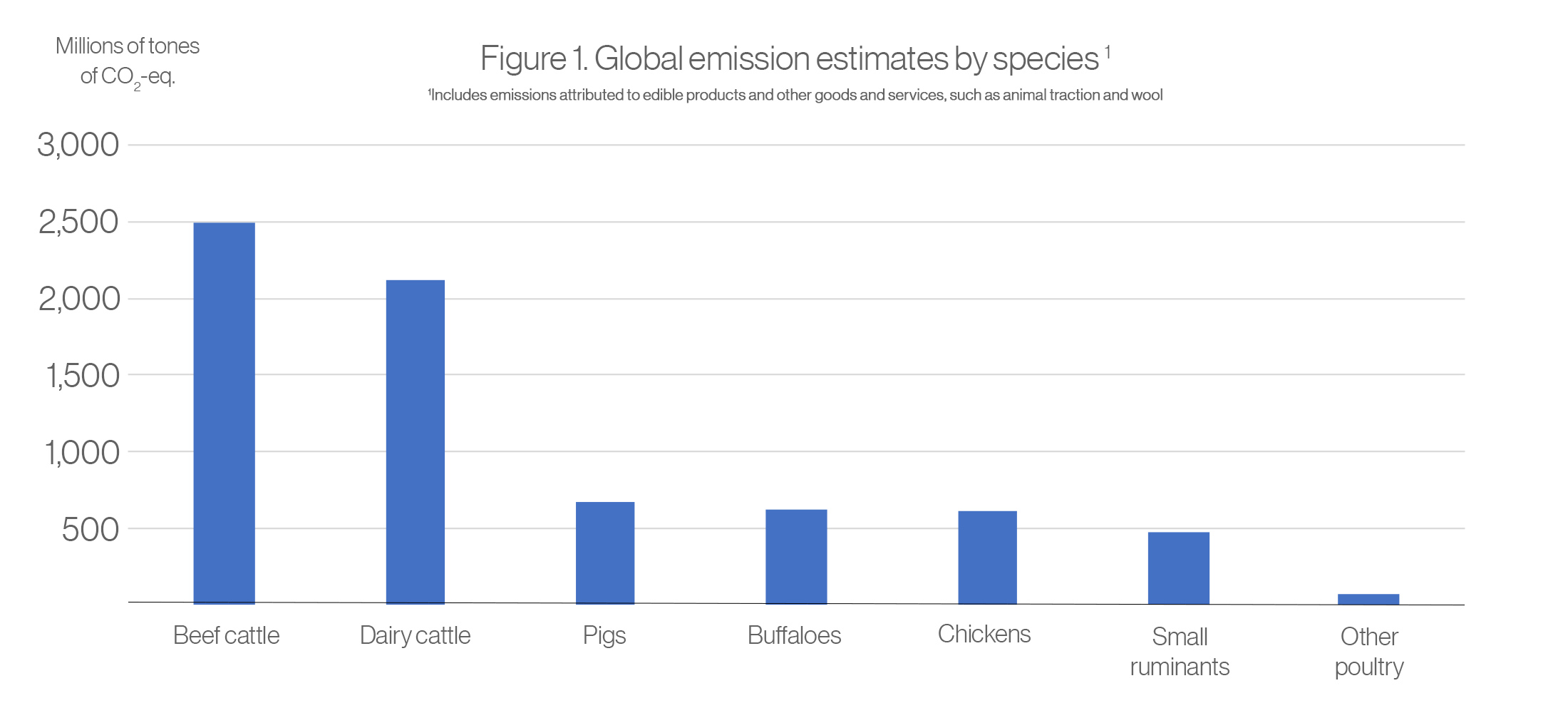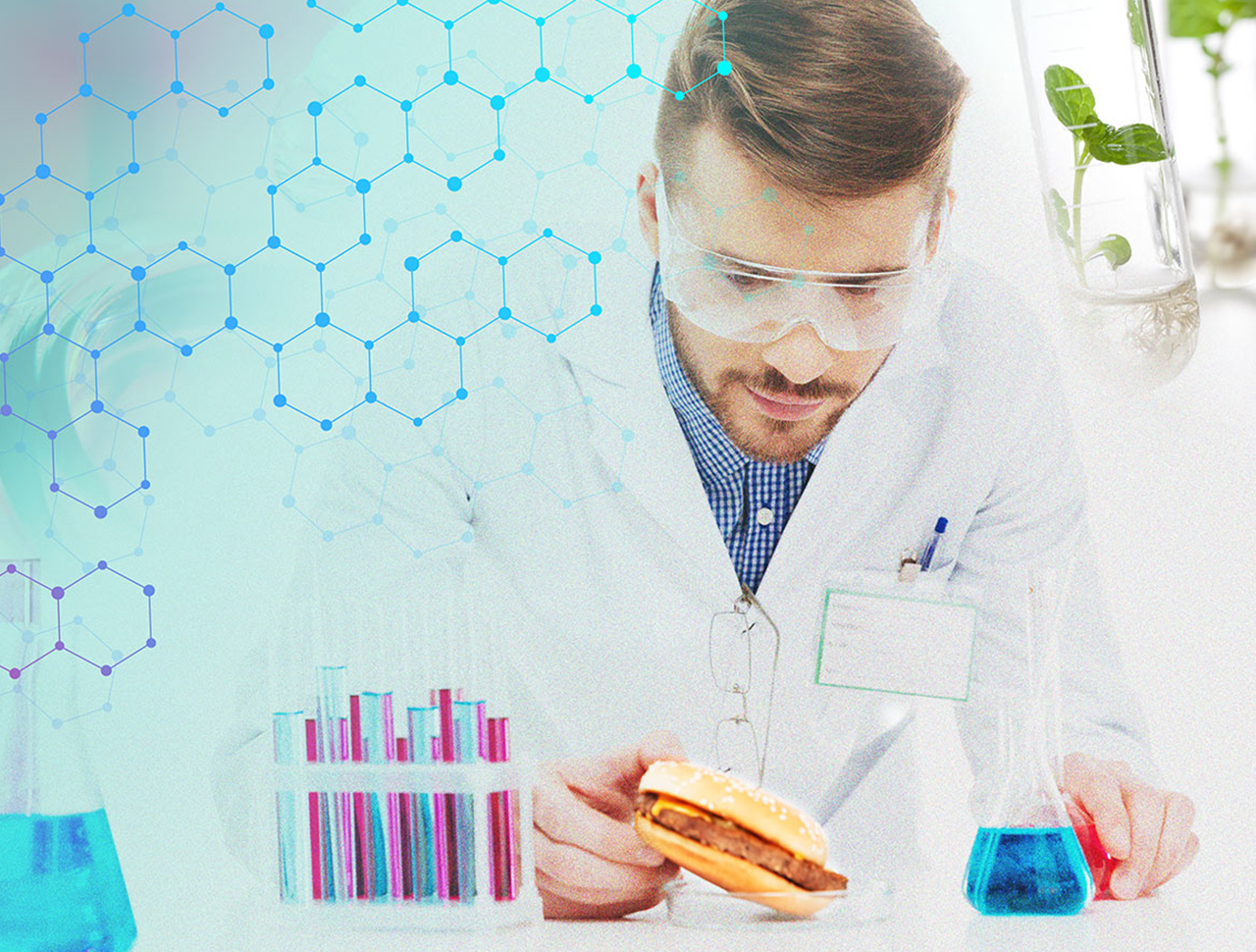Using Lab Meat to Combat Climate Change
According to the FAO, the cattle industry is one of the main causes behind climate change, together with deforestation, pollution, water consumption, the loss of animal habitats and the extinction of many of this planets species. It is responsible for 14.5% of greenhouse gas emissions (7.1 gigatons of CO2-eq per year). In other words, when cows, pigs, buffalos, chickens, small mammals and poultry are digesting their food, they release gases and feces. These excrements along with the land used to breed and feed them, release more gas into the atmosphere than the worlds global transport sector; (including cars, planes, trains and boats).
The way that we eat holds great consequences for our planet, and everyday consumers are beginning to re-evaluate what it means to eat animal protein. There are a range of different aspects to consider, for example: health and illnesses that come from eating a high quantity of animal products, the unnecessary suffering of billions of animals or the enormous amount of natural resources needed to feed just a small part of the world’s population, while the number of under nourished and chronically malnourished individuals continues to rise.
Food industry trends
It is true that we need proteins, and whether it is because of culture, taste or ignorance, we prefer animal protein. Not everyone opts for a more balanced diet, or to be vegetarian or vegan, however, new food trends are presenting more business opportunities or opportunities to develop new products, while at the same time tackling the problems faced with animal-based protein foods. In this sense, the report “Mintel Global Food & Drink Trends 2018” has identified two of the key trends that are now popular in the food and drink industry:
- Safe, ethical, natural and environmentally friendly products that do not have any ties, anywhere in their production chain to animal or social cruelty.
- The replacement of farms and factories with 3D print outs or mother cell cultivation in order to produce meat and dairy products in laboratories.

The burger we have all been waiting for
Cultivated meat has many advantages to offer over traditional meat, for example: animal welfare, sanitary conditions, environmental and economic protection. These types of products attract the interest of consumers that are concerned about sustainability and who have a consciousness for animal welfare, but still want to be able to eat a beef burger without any compromise with regard to appearance, texture and taste.
Although this alternative to animal protein is not available for consumer consumption yet due it not being a scalable business with regard to the technology that is currently available; there are already businesses interested in developing this trend. Mosa Meat, for example, is a Dutch start up that is already working towards this and aims to launch its own cultivated burger in 3 – 4 years’ time. Similarly, there are some successful companies that have put forward some proposals for the development of meat substitutes, based on vegetable protein like Impossible Foods, Beyond Meat and The Vegetarian Butcher.
